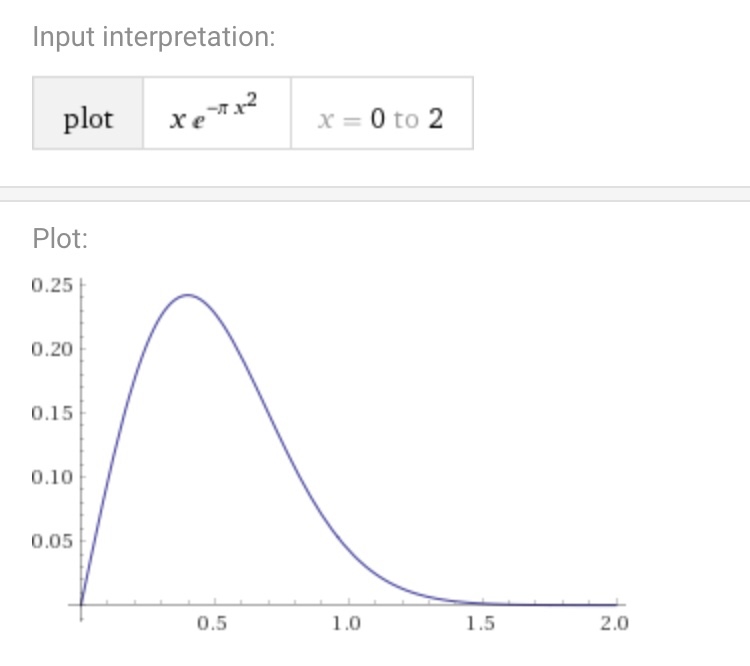If $n$ points are placed uniformly at random in the unit square, then the distribution is very close to a Poisson process with intensity $n$. Scaling the process by $\sqrt n$, it’s like a Poisson process with intensity 1. Conditioning a Poisson Process on the existence of a point at $x$, the remainder of the process is a Poisson process with the same intensity.
The probability that the nearest neighbor is more than $r$ away is the probability that a Poisson random variable with mean $\pi r^2$ takes the value 0, that is $e^{-\pi r^2}$. Differentiating, we see the density (which appears in your graph) is $2\pi re^{-\pi r^2}$.
The graph of this per wolfram alpha:

